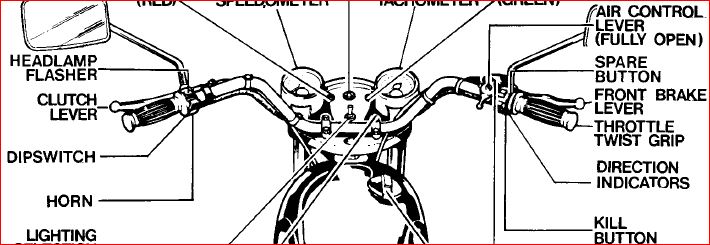I've had a quick read about grit types for emery.
It seems there are at least two common types of grit used, Aluminium Oxide and Silicone Carbide.
Both are classed as insulators. With that knowledge and my recent experience, the points file is still the favourite, clumsy as it is to use in situ.
Glen
It seems there are at least two common types of grit used, Aluminium Oxide and Silicone Carbide.
Both are classed as insulators. With that knowledge and my recent experience, the points file is still the favourite, clumsy as it is to use in situ.
Glen


